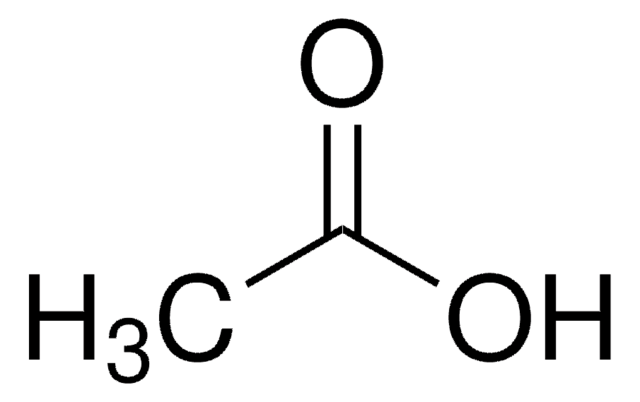349151
Copper
foil, thickness 0.5 mm, 99.98% trace metals basis
Se connecterpour consulter vos tarifs contractuels et ceux de votre entreprise/organisme
About This Item
Formule empirique (notation de Hill) :
Cu
CAS Number:
Poids moléculaire :
63.55
Numéro CE :
Numéro MDL:
Code UNSPSC :
11101604
ID de substance PubChem :
Nomenclature NACRES :
NA.23
Produits recommandés
Niveau de qualité
Essai
99.98% trace metals basis
Forme
foil
Résistivité
1.673 μΩ-cm, 20°C
Épaisseur
0.5 mm
pb
2567 °C (lit.)
Pf
1083.4 °C (lit.)
Densité
8.94 g/mL at 25 °C (lit.)
Application(s)
battery manufacturing
Chaîne SMILES
[Cu]
InChI
1S/Cu
Clé InChI
RYGMFSIKBFXOCR-UHFFFAOYSA-N
Catégories apparentées
Description générale
Copper is a versatile metal crucial in catalysis and material science. Its excellent electrical and thermal conductivity, ductility, and corrosion resistance make it ideal for conductive materials. Additionally, copper serves as a catalyst in various chemical reactions, facilitating electron transfer and promoting redox processes, including reduction, cross-coupling, and "click" chemistry, such as copper-catalyzed azide-alkyne cycloaddition reactions.
Application
- LaCl(3)-based sodium halide solid electrolytes with high ionic conductivity for all-solid-state batteries.: This article presents the development of LaCl3-based sodium halide solid electrolytes, with a focus on improving ionic conductivity using copper additives, aiming to advance the efficiency and safety of all-solid-state batteries (Fu et al., 2024).
- Three-in-One Zinc Anodes Created by a Large-scale Two-Step Method Achieving Excellent Long-Term Cyclic Reversibility and Thin Electrode Integrity.: This research introduces a novel two-step method for creating zinc anodes, incorporating copper to achieve superior cyclic reversibility and electrode integrity, thus enhancing the longevity and performance of batteries (Lu et al., 2024).
- Scanning Electrochemical Microscopy Meets Optical Microscopy: Probing the Local Paths of Charge Transfer Operando in Booster-Microparticles for Flow Batteries.: This study combines scanning electrochemical and optical microscopy to analyze the local charge transfer paths in booster-microparticles, using copper as a key component for improving the operando analysis in flow batteries (Moghaddam et al., 2024).
Quantité
50 × 50 mm (approximately 11 g)
150 × 150 mm (approximately 99 g)
150 × 150 mm (approximately 99 g)
Code de la classe de stockage
13 - Non Combustible Solids
Classe de danger pour l'eau (WGK)
WGK 2
Point d'éclair (°F)
Not applicable
Point d'éclair (°C)
Not applicable
Équipement de protection individuelle
Eyeshields, Gloves, type N95 (US)
Faites votre choix parmi les versions les plus récentes :
Déjà en possession de ce produit ?
Retrouvez la documentation relative aux produits que vous avez récemment achetés dans la Bibliothèque de documents.
Les clients ont également consulté
Notre équipe de scientifiques dispose d'une expérience dans tous les secteurs de la recherche, notamment en sciences de la vie, science des matériaux, synthèse chimique, chromatographie, analyse et dans de nombreux autres domaines..
Contacter notre Service technique




